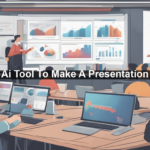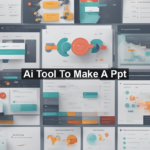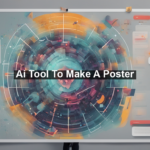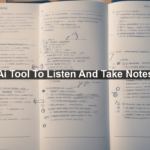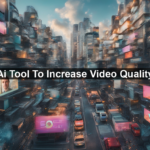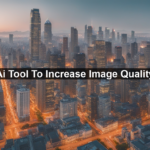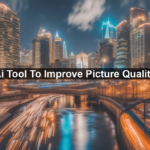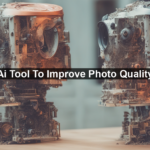Imagine a world where you can bring your words to life in vivid, digital color. Thanks to recent advancements in artificial intelligence, this is no longer a figment of imagination but a revolutionary reality. The emergence of AI tools that convert text to image is rapidly transforming how we create, communicate, and enjoy content. Curious about how this magic happens and why it matters? You’re in the right place; let’s dive into the captivating world of AI-driven text-to-image generation.
What is a Text-to-Image AI Tool?
A text-to-image AI tool is a type of software that utilizes deep learning algorithms to transform written text into visually representative images. Unlike traditional graphic design tools, these AI solutions read textual input and generate corresponding visuals with minimal human intervention. Think of it as an artist that understands your words and paints a picture all by itself.
How Does It Work?
The magic behind these tools lies in complex neural networks designed for image generation. Here’s a simplified breakdown of how it typically works:
These deep learning models are trained on a vast array of images corresponding to descriptive text, allowing them to interpret written language and visualize it accurately. For a deep dive into GANs, you can check out this resource.
Applications of Text-to-Image AI Tools
The potential uses for text-to-image AI tools are as varied as they are exciting:
1. Content Creation
Imagine a blogger needing custom graphics for their posts or a digital marketer crafting tailored visuals for social media campaigns. These tools can generate high-quality images quickly, saving both time and resources.
2. E-commerce
In the e-commerce industry, these tools can create product images from mere product descriptions, aiding in faster catalog creation and reducing the hassle of physical photoshoots.
3. Gaming and Animation
For game developers and animators, text-to-image AI can convert storyboards or written scene descriptions into preliminary visuals, speeding up the production pipeline.
4. Educative Material
Educators can create interactive and engaging visual aids from textual descriptions, making learning more dynamic and accessible.
Advantages of Using Text-to-Image AI
Efficiency
One of the prime benefits of these tools is the sheer speed at which they can generate images. What once took hours of designing can now be done in minutes.
Cost-Effectiveness
By minimizing the need for professional designers for every minor visual requirement, companies can save substantially on creative expenses.
Customization
AI-generated images can be quickly tweaked and refined based on feedback, providing a high level of customization that is hard to attain through traditional means.
Challenges and Limitations
Despite their numerous advantages, text-to-image AI tools are not without challenges:
Quality Consistency
While these tools work impressively well, achieving high-quality, consistent images can sometimes be hit or miss, depending on the complexity of the text input.
Accuracy
Ensuring the generated image accurately reflects the input text can be difficult, particularly for ambiguous or highly detailed descriptions.
Intellectual Property Concerns
There are also ethical and legal considerations around AI-generated works. The line between original creation and AI generation can blur, leading to questions about ownership and copyright.
For a more detailed look into the ethical concerns, you can refer to this article from MIT Technology Review.
Future Prospects
The capabilities of text-to-image AI tools are continually evolving. With ongoing advancements in machine learning and data processing, these tools will only become more proficient and reliable. We can expect more seamless integrations into various business processes, alongside improvements in accuracy and image quality.
Final Thoughts
AI tools that convert text to image are an innovative leap in technology, offering transformative benefits across multiple domains. From accelerating content creation to enabling new forms of artistic expression, the potential applications are as vast as they are inspiring. While there are challenges to overcome, the future looks bright for this burgeoning technology.
So, the next time you wish you could visualize a vivid scene you’ve penned down, remember there’s an AI tool out there ready to bring your imagination to life. For further exploration into the realm of AI technology, consider browsing this piece from CNBC for broader insights.
Ready to see your words turned into artwork? The revolution in visual content is just a few clicks away.


